Complete Guide to Getting a Traditional Chinese Massage
Traditional Chinese Massage || What You Need To Know
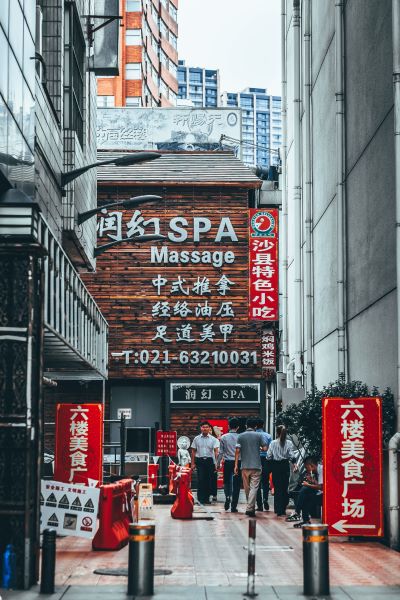
One of the best ways to relax is to go get a traditional Chinese massage!
Traditional Massages in China are very common, and there are a lot of spas that provide massage services.
In fact, massages are so popular that, according to data from 2016, Chinese massage therapists have the highest salaries of China’s urban service industry.
As a bonus, you’ll find that massages here in China are often much more affordable than in the Western world, which makes them much more accessible to students like me.
Massage in Chinese is 按摩 (ànmó) or 推拿 (tuīná)!
Let’s discover more about this grand tradition in China.
Feel free to skip forward to your preferred section.
Chinese Massage || Benefits of Massage
Chinese Massage || Types of Massages
Chinese Massage || History of Massage in China
Chinese Massage || Booking a Massage
Chinese Massage || My Experience Getting a Massage
Chinese Massage || FAQs
Benefits of a Traditional Chinese Massage
Chinese massage is based on the principle of 气 (qì), which means “air”, “breath”, or “life energy”.
Massage techniques, which include kneading, chopping, rubbing or pressing on the skin, are all meant to help balance and unblock the channels in the body, so that the qi can flow naturally.
Benefits of massage can include increasing energy, quickening recovery rate from stiffness or pain, boosting circulation, breaking down scar tissue, improving sleep and immunity, and even supporting emotional health.
Types of Traditional Chinese Massage
If you go to a massage spa, there are several different types of massages you can get.
Chinese massages can focus on certain parts of the body, like the back, neck or feet, or you can also choose to get a full body massage.
These types of massages utilize the methods I mentioned above, massaging and kneading to help relieve tension.
However, Chinese massage techniques also include more interesting methods.
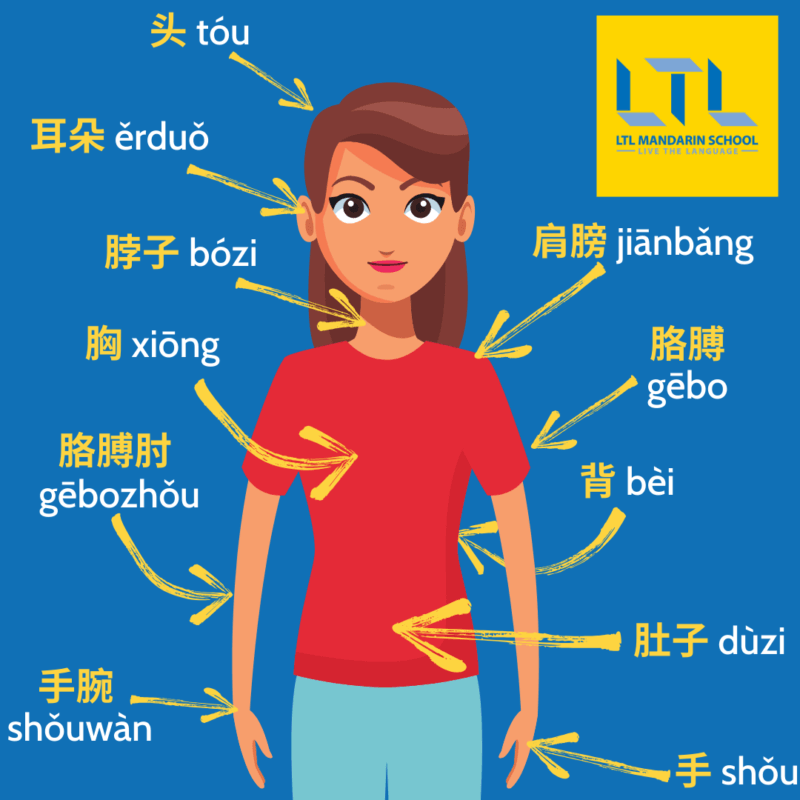
Cupping Therapy
Cupping therapy, or fire cupping, is an ancient technique dating back thousands of years.
This method utilizes special cups made of glass, bamboo, earthenware, or silicone to create a suction on the back.

This type of therapy is supposed to help with pain, inflammation, blood flow, and to generally help the client relax (4).
To create the suction, the massage therapist lights a small fire inside the cup. When the fire goes out, the cup is place upside down on the skin, and the cooling air creates a suction that pulls the skin up and causes it to harden and redden. The cups are left on for a few minutes then removed (4).
Another version of cupping involves the therapist creating shallow cuts on the skin and using the cups to suction out some blood, which is said to remove toxins.
After the cupping session, the outline of the cups are clearly visible, as the technique isn’t very gentle on the skin.
However, your skin should go back to normal in about 10 days.
Blind Person Traditional Chinese Massage
Another interesting type of traditional Chinese massage common in China is less about the technique than the masseuse.
These massages are done by blind therapists.
Blind massages (盲人按摩, mángrén ànmó) are quite popular in China.
Blind masseuses are said to have a more sensitive sense of touch and can therefore identify muscle knots and spots of tension more easily and naturally.
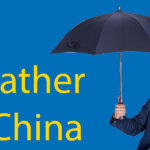
Weather in China ☀️ The Complete Guide
Summarising the weather in China within a few hundred words is near enough impossible. Here is our simple month-by-month and city-by-city guide.
History of Traditional Chinese Massage in China
Traditional massages in China have a long and rich history. The earliest recorded mention of massage is from the Shang Dynasty, 16th-11th century BC.
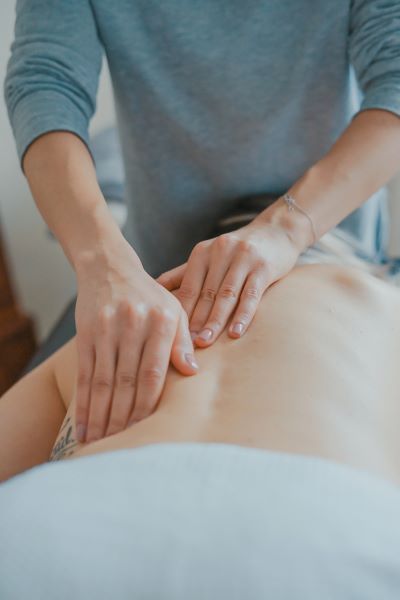
Later, the use of ointment in massages as a form of medicine and healing was introduced by Zhang Zhongjing (AD 150-219).
In the Sui and Tang dynasties (AD 581-907), massage formally became a type of clinical medicine.
Massage specialists taught others, passing down the knowledge which eventually evolved into modern-day techniques.
Injuries caused as a result of military clashes further promoted the practice of massage, and masseuses began to increase their physical strength through practicing martial arts.
During the Qing Dynasty (AD 1644-1911), massage therapy faded out a little in part due to government suppression.
However, more recently, since 1949, massage has come back into popularity, and is taught in schools as a form of medicine and therapy (7).

92 Hobbies in Chinese || Must-Know Vocabulary and Phrases to Level up Your Chinese
Whether you’re a budding chef, painting protégé or e-sports enthusiast, everyone has a hobby. So, let’s learn all the vocab and phrases you’ll need in Chinese
Booking a Traditional Chinese Massage
In order to book a massage, you can make a reservation, or at some places, you can just walk in.
To book a massage online, you can use an app that I’ve found to be practically essential here in China, called 大众点评 (dàzhòng diǎnpíng).
On this app, you can search for massage parlours near you, find specific types of massages, and make a reservation.
The app is also useful because it shows reviews from other customers and clients. This way, you can avoid parlors that don’t have good reviews and narrow down your search.
Prices depend on the type of massage you want and the length of the massage.
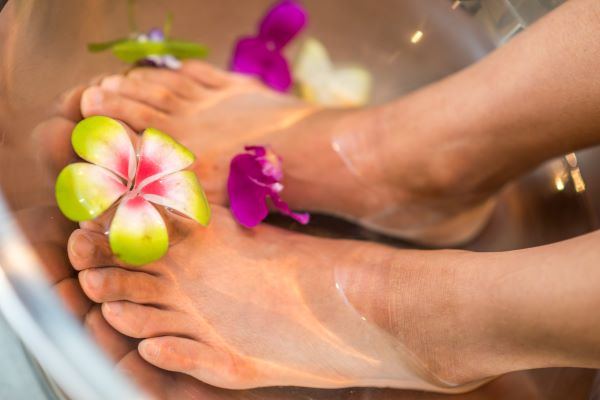
You could get a shorter, half hour massage for under 100 RMB, and an hour-long massage might cost 150 to 200 or 300 RMB.
These prices are very reasonable!
Additionally, it’s not custom in China to tip your therapist.
Although it may seem impolite to you, it’s normal for China.
Even if you decide not to make a reservation, I would definitely recommend using the app or looking up a place ahead of time, to make sure the massage parlor is within your budget, clean, and provides great service.
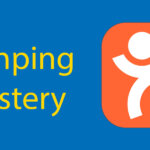
Become A Dianping Master // 8 Amazing Tips You’ll Never Forget
Dianping might seem scary at first with Mandarin everywhere you look. We’ve therefore complied this super-simple guide to becoming a master in minutes.
My Experience Getting a Traditional Chinese Massage
When I had a traditional Chinese massage a few months ago, I looked up the place ahead of time but didn’t make a reservation.
My sister and I went together, and we chose a massage from a list of services provided in the lobby.
The spa was very nice-dimly lit, peaceful, clean and quiet. We waited for a few minutes, then we were led upstairs to a room with two beds. It was fairly small but had a relaxing atmosphere.
We were given slippers and robes to change into, and we were also served some tea. Our masseuses came in and spread disposable sheets on the beds to keep everything clean.
Our massage was an hour long, and our masseuses were very friendly and kind!
They didn’t speak English, so we were able to practice our Chinese with them.
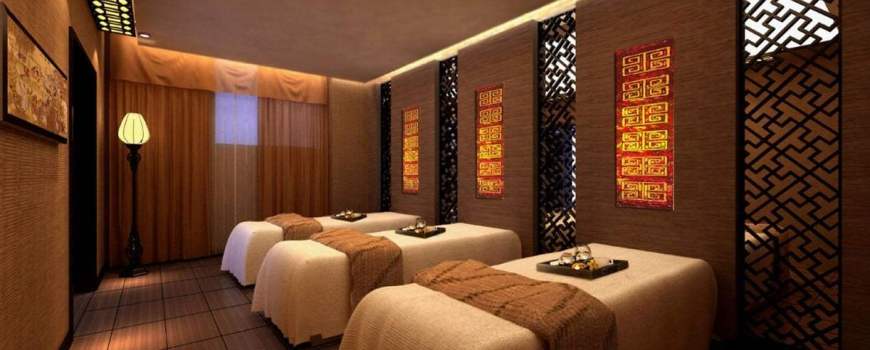
They noticed that my sister had a little bit of a runny nose and asked if we wanted to add a special ginger treatment to our massage.
While it was overall a very positive experience, I can honestly say that the massage itself was a little painful! Nothing I couldn’t handle, but the masseuse wasn’t very gentle on my poor back muscles!
If you every find yourself in a situation like this, knowing these Chinese phrases might be helpful for you.
轻一点 (qīng yī diǎn): a little lighter
重一点 (zhòng yī diǎn): a little heavier
I definitely had to request that the massage therapist go a little lighter!
Afterward, we went back down the lobby, paid, and left. It was very relaxing, but my muscles were a little sore afterward.
However, my sister didn’t have any sore muscles or find her massage to be painful, so it all depends on your masseuse. And if the masseuse isn’t applying the right amount of pressure, ask them to adjust!
I had another massage in China a couple of years ago. It was a similar experience, except I went in a larger group.
Girls and guys were separated, and I was in a room with two other girls. Again, the masseuses were very friendly and kind! After the massage, we were treated to snacks and drinks that were included in the cost of the massage.
Have you ever had a massage in China? How was it different from one in your country, if it was different at all? Leave your thoughts in the comments below.
PSST – If you wish to follow Hannah and Evelyn’s adventures in China, this is their YouTube channel.
Chinese Massage || FAQs
How can I book a Chinese massage online?
In China you can use an app that I’ve found to be practically essential here in China, called 大众点评 (dàzhòng diǎnpíng), which is known as Dianping.
How do you say “a little heavier”
重一点 (zhòng yī diǎn): a little heavier
How do you say “a little lighter”
轻一点 (qīng yī diǎn): a little lighter
Want more from LTL?
If you wish to hear more from LTL Mandarin School why not join our mailing list.
We give plenty of handy information on learning Chinese, useful apps to learn the language and everything going on at our LTL schools!
Sign up below and become part of our ever-growing community!

 Hi, my name is Mojca. I am from Slovenia in Europe and I work as a student advisor at our Beihai school.
Hi, my name is Mojca. I am from Slovenia in Europe and I work as a student advisor at our Beihai school.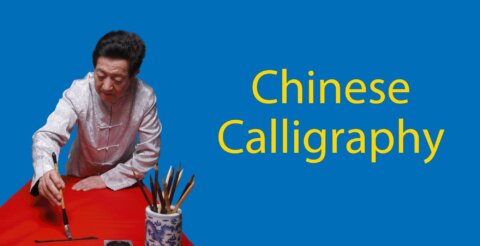
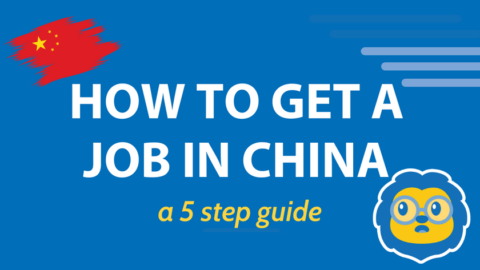

2 comments
Well written I must say.
Thanks 🙂